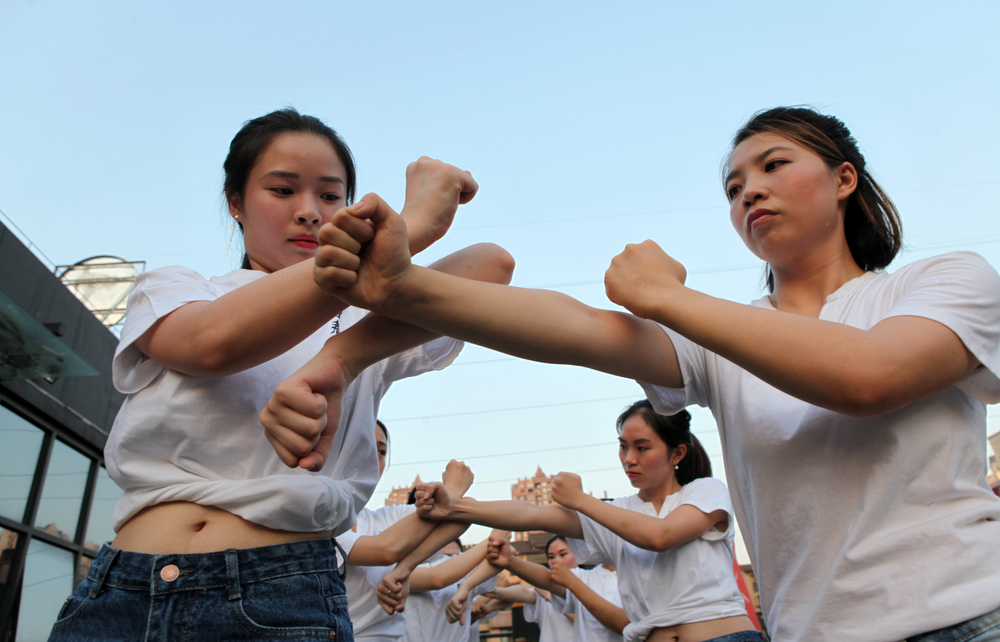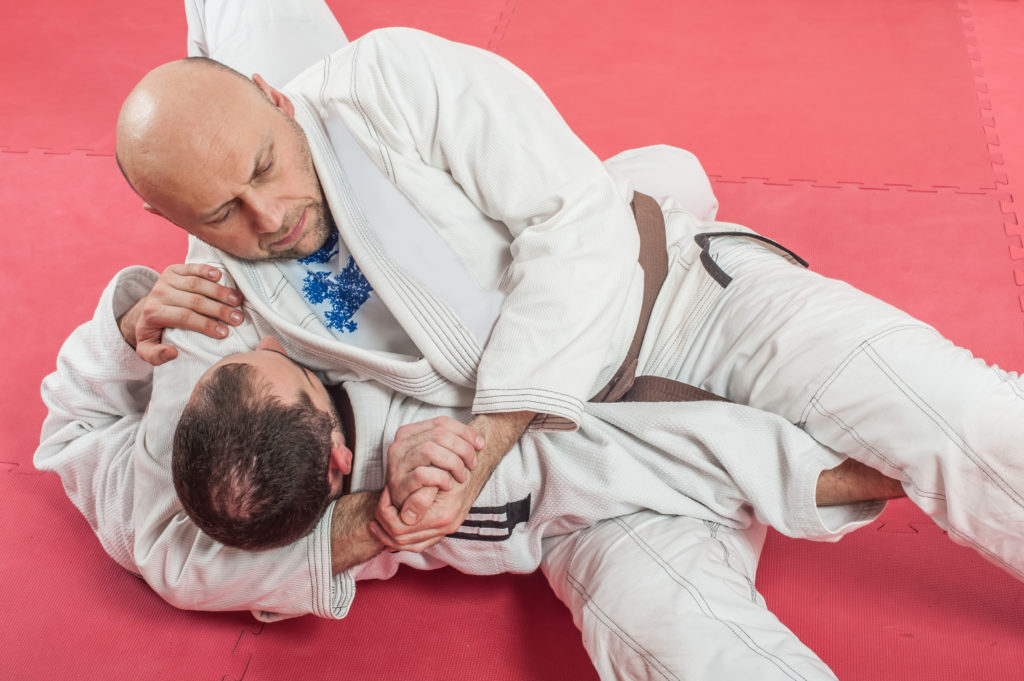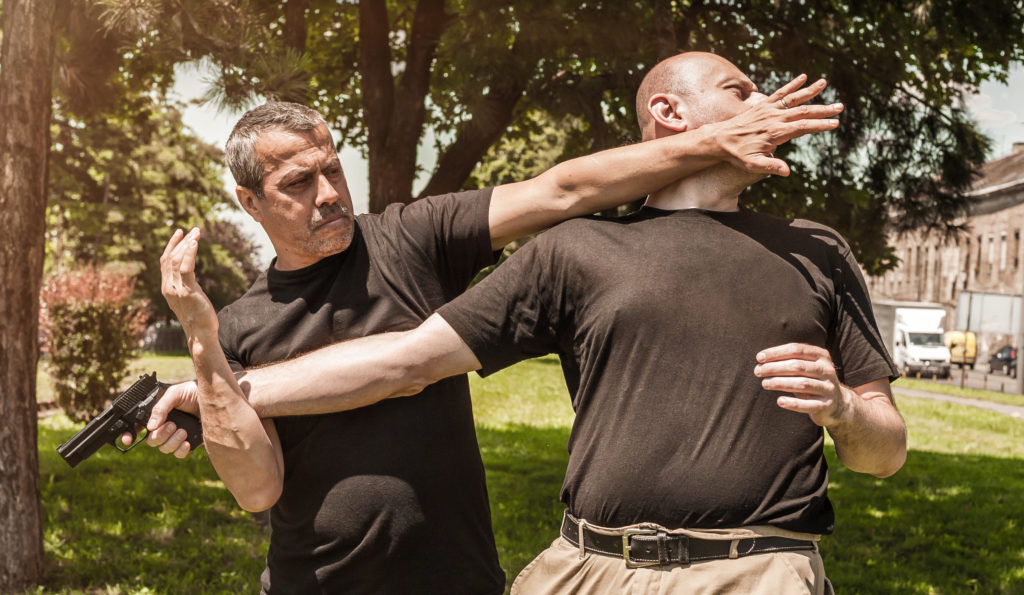Is Wing Chun effective as a form of fighting or as a self defense?
What are the main traits of wing chun that determine wing chun effectiveness in modern combat and self defense?
And what are the main weaknesses of wing chun that make the style less effective in self defense or street fight situations?
Ultimately, the effectiveness of Wing Chun depends on the individual practitioner’s dedication to training, their ability to adapt to different situations, and their understanding of the underlying principles and concepts of the style.

It should also be noted that wing chun was a style that came about at a particular time in history and a unique environment that probably made the style more effective.
However there are universal combat and martial arts principles that are the core of most fighting styles and that are also practiced and taught extensively. i.e centre line theory.
One of my favorite aspects of wing chun is the ability to train and learn from home. This is in comparison to styles such as BJJ which require a partner.
But wing has many important solo training aspects that one can master from home.
Characteristics of Wing Chun that it make it effective in combat
There are several traits of Wing Chun that can contribute to its effectiveness in modern combat and self-defense.
Simple but Effective Techniques
According to legend, wing chun was designed as a means to teach the most effective combat techniques in a very short amount of time.
i.e with relatively short and simple forms, wing chun was designed to be learnt in months not years.
There was no focus on traditional kung fu methods of hours of sitting in the horse stance etc.
Efficiency
Wing Chun is designed to be efficient and effective, with a focus on economy of motion and the use of direct, simple techniques.
Emphasis on Body structure and Technique
As Wing Chun is said to have been developed by females who are naturally smaller and less stronger than males, the style does not rely on strength and size.
Thus wing chun is designed to be used effectively by smaller, weaker combatants.
Wing Chun utilizes body structure and technique to be effective, especially against larger opponents.

Weapons Training
A major area for self defense and combat lacking in popular styles such as MMA, BJJ or muay thai is the lack of weapons training.
As wing chun focusses mostly on concepts which can be adapted to combat, two simple weapons are used; the butterfly knives and the dragon pole.
One short and one long which can allow the practitioner to learn to use nearby objects as either short or long weapons and to defend against long or short weapons.
Simultaneous attack and defense
Wing Chun emphasizes the ability to attack and defend simultaneously, which can be effective in close-quarters combat and self-defense situations.
This focus on simultaneous attack and defense can off balance a larger and faster attacker so that strikes to the vulnerable points can be applied to an off balance opponent.
These makes these strikes even more effective.
Sensitivity training
Wing Chun places a strong emphasis on sensitivity training, which involves developing a practitioner’s ability to feel and respond to an opponent’s movements and intentions.
Close-quarters combat
Wing Chun is designed for close-quarters combat, which can be especially useful in self-defense situations where an opponent is in close proximity.

Adaptability
Wing Chun is a highly adaptable martial art, with techniques that can be modified and combined to suit different situations and opponents.
Mental training
Wing Chun emphasises the development of mental attributes such as focus, awareness, and calmness under pressure, which can be useful in self-defense situations.
There are also several weaknesses within wing chun that it make wing chun less effective in the modern age of combat of street self defense.
Weaknesses of Wing Chun
Some of the main weaknesses of wing chun that limit wing chun effectiveness include.
Limited range
Wing Chun is designed for close-range combat and is not well-suited for fighting at long distances.
This means that practitioners may struggle in situations where they need to engage with opponents who are further away from them and keep their distance well.
Lack of grappling
Wing Chun does not place a strong emphasis on grappling or ground fighting, which means that practitioners may be at a disadvantage if they end up on the ground in a fight.
And ending up on the ground is a real possibility.
Wing chun is most effective when ending the fight standing, in a quick and effective fashion.

Reliance on simultaneous attack and defense
Wing Chun relies heavily on simultaneous attack and defense, which can be difficult to master and may not be effective against opponents who are skilled at evading or countering attacks.
Limited sparring opportunities
Some Wing Chun schools do not prioritize sparring or other forms of live training, which can limit a practitioner’s ability to apply the techniques they have learned in a real-world setting.
This is one area of wing chun which makes it less effective to learn for combat in comparison to styles such as BJJ, MMA, muay thai or Judo where free sparring or randori are key parts of training.
Lack of focus on kicks
Wing Chun does not place as much emphasis on kicking techniques as some other martial arts styles, which may leave practitioners vulnerable to attacks from opponents who are skilled at using kicks.
Is Wing Chun Effective for Self Defense?
Yes wing chun can be effective for self defense.
This is due to the focussed training and practice of close quarters, predominately “boxing” style.
The ability to trap, take an opponents balance or “borrow their energy” can be extremely effective in real life combat, especially for a smaller combatant against a larger attacker.
Wing chun also focuses on attack vulnerable areas of an attackers anatomy to hurt or disable them quickly.
These include the eyes, throat, groin and knee cap.

Wing Chun VS MMA for Self Defense
For pure self defense, it would be better to learn both styles.
As wing chun does not teach or train in ground fighting, having some training in this area (at least to escape most common positions) through MMA or BJJ would be great.
However the focus or wing chun is to finish an attacker off quickly and get away.
And MMA does not train attack key vulnerable points such as the throat, eyes and groin,
And in self defense these are especially important areas to target.
Especially for a smaller person against a larger attacker.
Also MMA, BJJ or styles such as muay thai do not train with weapons.
Wing chun makes use of both a shorter weapon (butterfly knives) and the longer dragon pole.
Knowing how to handle and defend against shorter range and longer range weapons can be extremely useful in real life combat and wing chun beats a lot of more popular styles in this department hands down.
Is Wing Chun Effective? Wrap Up
Ultimately it depends on the expertise, dedication and ability to adapt of the individual that can make wing chun effective or not.
That being said there are several characteristics of wing chun that make it valuable in self defense and modern day combat.
Especially or women or smaller persons to use against larger attackers due to the emphasis on technique, natural body structure, timing, “borrowing energy” over power, strength and speed.
Wing chun is effective as a means of combat and self defense.
However there are areas that make it less effective in todays modern realm of combat, notably the lack of ground fighting.
But is some areas wing chun far outshines other popular styles, notably the area of weapons training which is a valuable self defense and combat skill to have.



